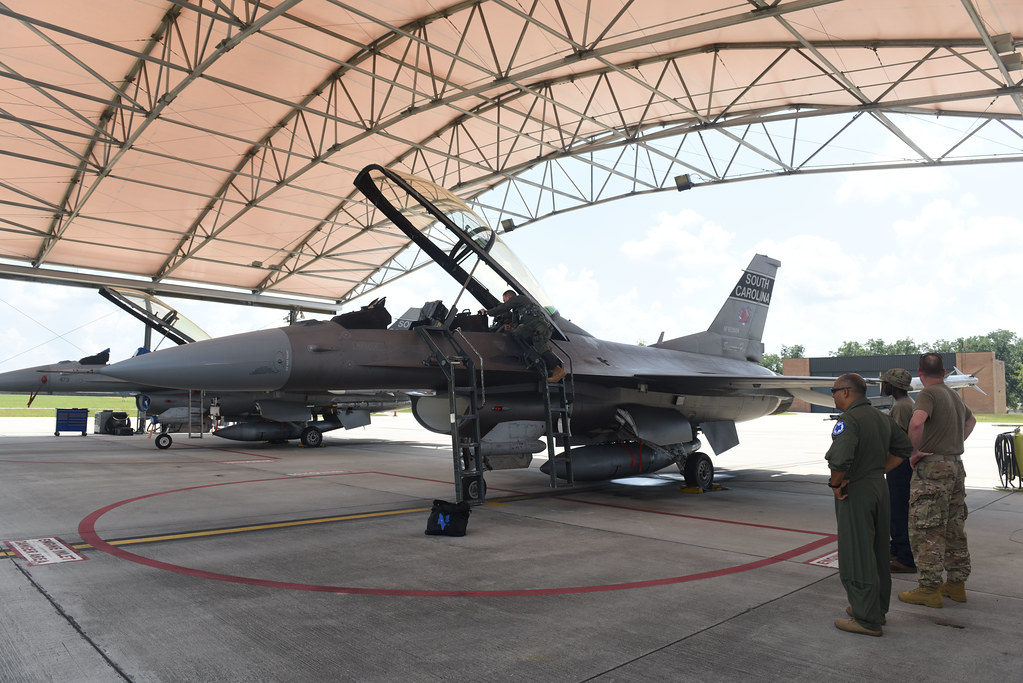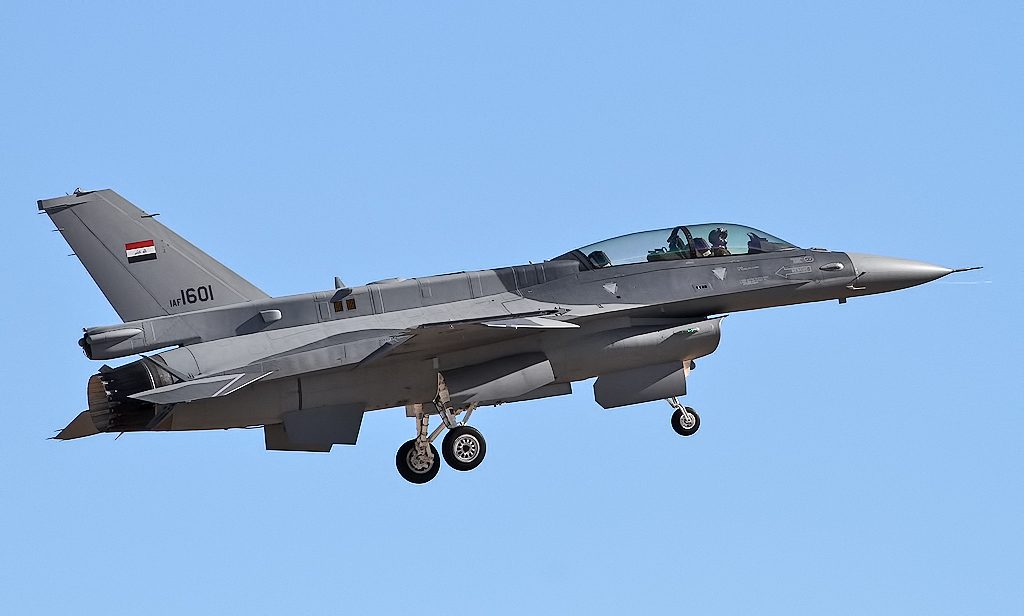
The Israeli Air Force (IAF) has solidified its status as a dominant force in the history of aerial combat through a series of strategic and technologically advanced operations that have decisively shaped military outcomes in the region.

In June 1982, during the first week of the Lebanon War, the IAF executed Operation Mole Cricket 19.

The IAF obliterated over 60 Syrian combat aircraft and decimated 29 of 30 surface-to-air missile (SAM) batteries while incredibly suffering no losses to its fighter jets.

The Israeli victory can be attributed to several key factors, including superior aircraft, weapons, and pilot training. The Syrian Air Force was primarily equipped with aging MiG-21s, which were significantly outclassed by the IAF’s fourth-generation F-15 and F-16 fighters.

These Israeli jets, coupled with the lethal AIM-9L Sidewinder missile, provided a technological edge that the Syrians could not match. Syrian jets relied on older K-13 missiles with a much shorter operational range and limited warning systems, leaving them vulnerable to the more advanced Israeli weaponry.

Moreover, the IAF’s combat experience and strategic planning were instrumental in its triumph. Israeli pilots had been practicing attacks against SAMs and had extensive knowledge of the terrain in the Beqaa Valley.

In contrast, Syrian SAM crews exhibited poor tactical judgment, having not repositioned their batteries for months, which Israeli intelligence took advantage of to launch a devastating preemptive strike.

The IAF had learned from past experiences, particularly the Yom Kippur War, where it suffered significant aircraft losses to Egyptian SAMs. This led to the recognition of the critical need to suppress and destroy enemy air defenses.

During Operation Mole Cricket 19, the IAF employed UAVs to mimic Israeli jet radio signatures, tricking Syrian radars into exposure for Israeli jets to destroy them using anti-radiation missiles.

Israel boosted its own C3 abilities with Grumman E-2C Hawkeye airborne warning and control system (AWACS) aircraft.

Operation Mole Cricket 19 was the first time modern AWACS were used in combat, assisting Israeli fighters with targeting and battlefield control.

This, combined with electronic countermeasures to protect Israeli communications and disrupt Syrian radars and communications, contributed to the operation’s success, leading to the lopsided victory that was later dubbed the “Beqaa Valley Turkey Shoot.”

The prowess of the IAF is not limited to Operation Mole Cricket 19. The 1967 Sinai Air Strike, another prime example, showcased Israel’s strategic initiative and aerial might.

This preemptive strike decimated the Egyptian Air Force, with Israel’s meticulous planning and lightning execution rendering Egypt’s air capabilities ineffective for the remainder of the conflict.

The IAF’s skillful integration of intelligence, precision targeting, and the element of surprise were instrumental in this swift victory, affirming Israel’s preemptive strategy and air superiority doctrine.
Relevant articles:
– How the Israeli Air Force once destroyed over 60 enemy jets and dozens of Soviet missile systems in battle without losing a single fighter, Yahoo News Singapore
– The Sinai Air Strike: June 5, 1967, warfarehistorynetwork.com
– How the Israeli Air Force once destroyed over 60 enemy jets and dozens of Soviet missile systems in battle without losing a single fighter, Business Insider
– America’s Nuclear Triad, U.S. Department of Defense (.gov)
